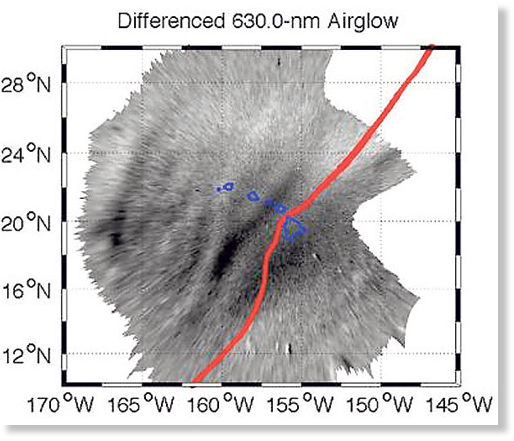OF THE
TIMES
The SOTT comment is the truth. The idea that the WHO has backtracked is a falsehood being planted in mainstream and alternative media. It needs to...
Henry Camus wrote many books and short story’s on Algiers, la Peste, The Plague one of the best. Fave reading in high school days, we had...
Dark ages was the zenith Of Irish cultural achievements, the most beautiful books ever created were made in 500 to 750 ad, Book of Kells just one...
Orwellian - this time 'Big Auto' spying on you. I wonder what data is sent back, and to whom? And how is it interpreted to use against you?
I agree - better to shut it down than to sell to US buyers that all seem to be members of the deep state, and who would immediately censor the...
To submit an article for publication, see our Submission Guidelines
Reader comments do not necessarily reflect the views of the volunteers, editors, and directors of SOTT.net or the Quantum Future Group.
Some icons on this site were created by: Afterglow, Aha-Soft, AntialiasFactory, artdesigner.lv, Artura, DailyOverview, Everaldo, GraphicsFuel, IconFactory, Iconka, IconShock, Icons-Land, i-love-icons, KDE-look.org, Klukeart, mugenb16, Map Icons Collection, PetshopBoxStudio, VisualPharm, wbeiruti, WebIconset
Powered by PikaJS 🐁 and In·Site
Original content © 2002-2024 by Sott.net/Signs of the Times. See: FAIR USE NOTICE

Reader Comments
to our Newsletter